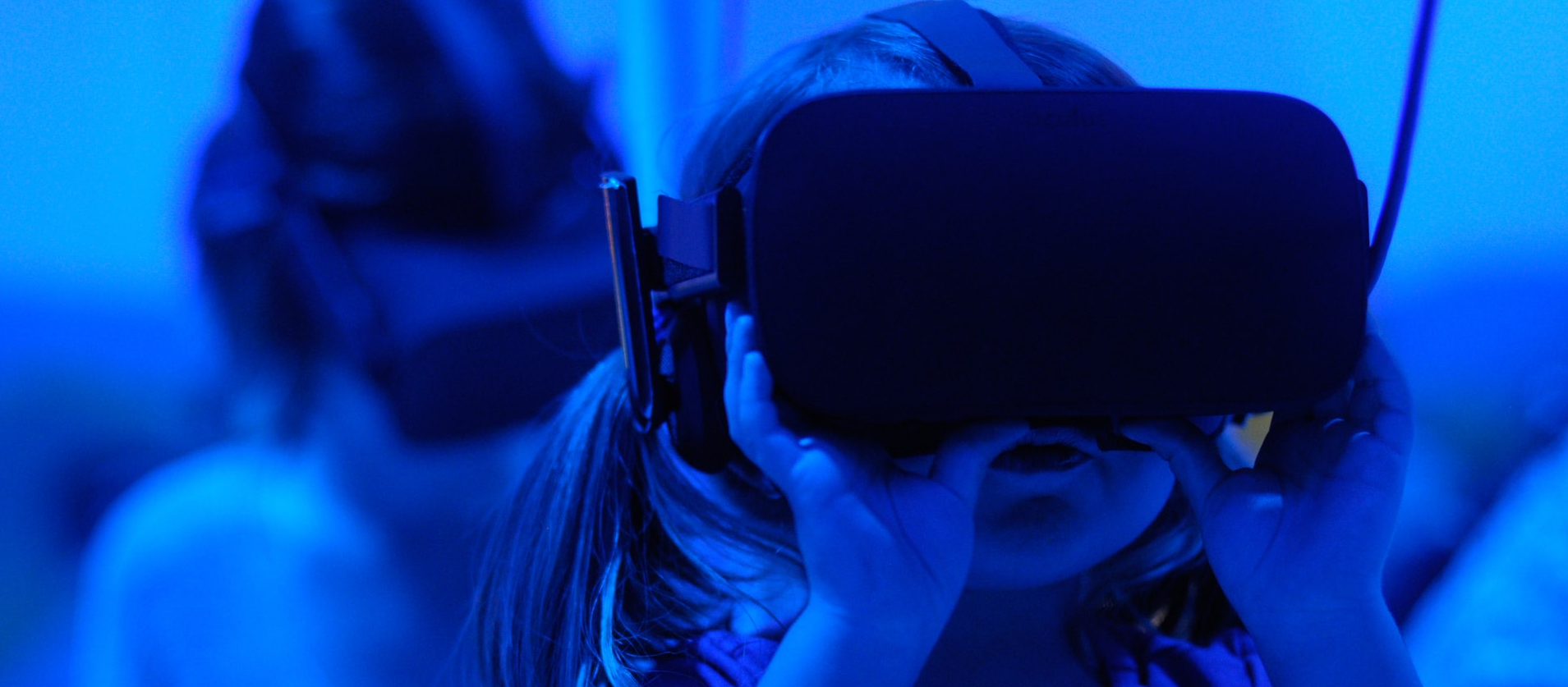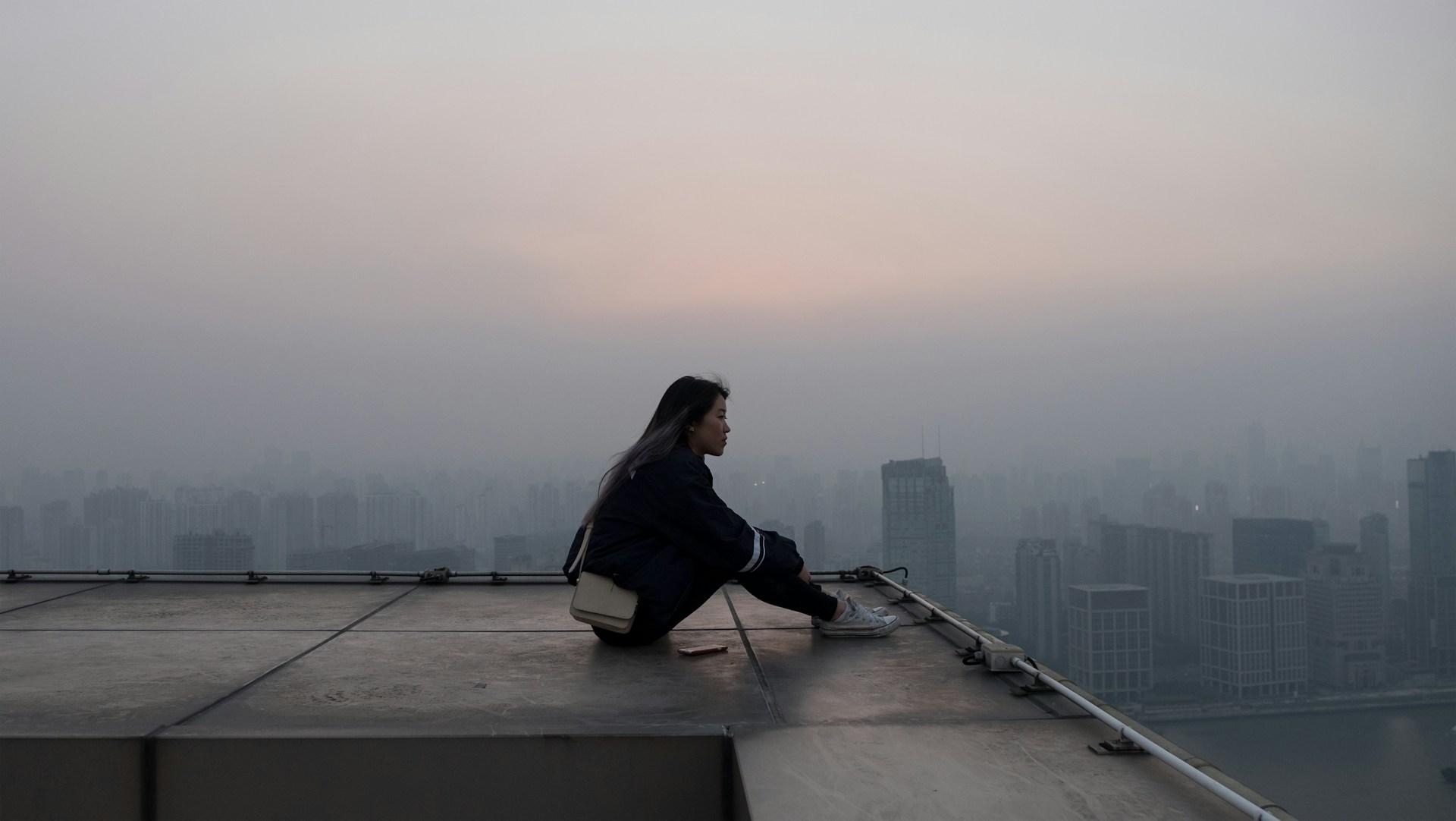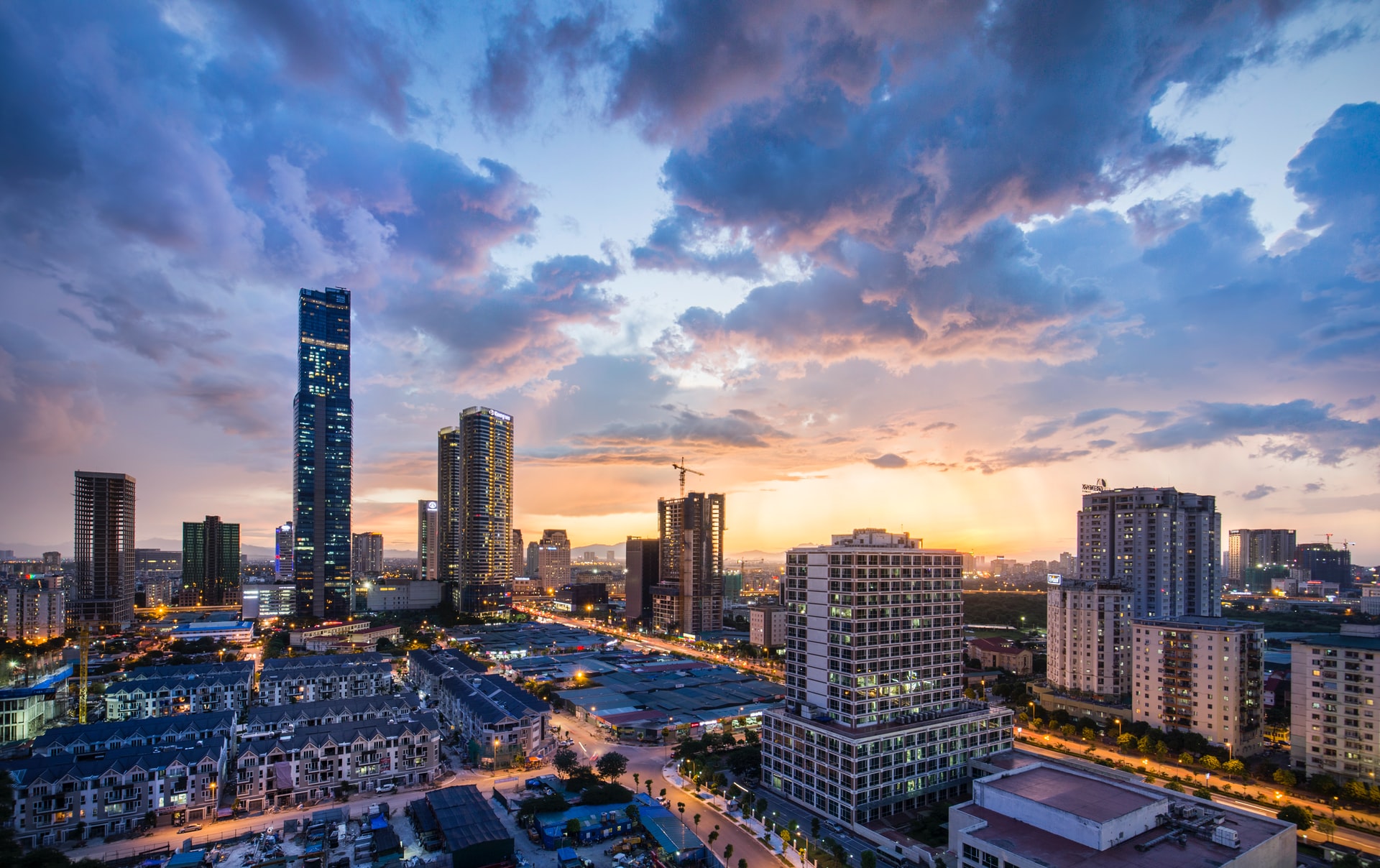The Fifth Industrial Revolution Across Developing Asia
COVID-19 abruptly changed how working, learning, entertaining, or shopping took place. While its impacts were largely negative, it accelerated the tech revolution across industries.
Historically, the industrial revolutions were a time when technological advancements were made at a frenzied pace on account of one core invention, such as steam power or electricity. While much of the world is only beginning to witness the dawn of the fourth industrial revolution, the fifth has made definite inroads.
The 5th Industrial Revolution (5IR) is here.
In the present scenario, the core pillar fueling the 5IR is the rolling out of 5G networks. Prior to COVID-19, many academics and business leaders globally had forecast that the 5IR would arrive based on widespread 5G digitalization. The large costs of the pandemic have altered global planning. Additionally, what are the priorities of eastern and western economies? Must COVID-19 management take priority?
Horasis is, therefore, organizing the Horasis Asia Meeting on 26 November 2021 to deliberate on such issues. The one-day virtual event will see participation from a diverse range of people, spanning members of governments, businesses, academia, and the media. The goal is to arrive at actionable solutions that can ensure shared prosperity.
A Brief Peek into Past Industrial Revolutions
The creation of weaving machines sparked the first industrial revolution in Britain. This event was marked by the ability to harness steam power. The steam locomotive was a breakthrough and so were several machines that helped to significantly boost productivity. The second industrial revolution was ushered in when electric power became commonplace. Electric machines enabled the mass production of goods.
Advances in the development and integration of digital computing, personal computing, and the internet sparked the third industrial revolution. This period also witnessed greater Asian participation in the global economy. Many multinational corporations shifted their production to Asian nations, where labor and material costs were comparatively less expensive.
We are currently amid the fourth revolution. This spans technology marvels such as artificial intelligence (AI), big data, the internet of things (IoT), and robotics, among others. But we are also at the cusp of the 5IR which will see more collaboration between machines, and greater advances in spheres like AI, virtual reality (VR), augmented reality (AR) and blockchain.
The Role of AR and VR
A recent Deloitte report stated, “COVID-19 has heralded the start of the Virtual Age, which is tectonic enough to qualify as the Fifth Industrial Revolution.” VR is a cutting-edge computer technology that creates a virtual world. AR technology, meanwhile, is semi-immersive; it uses a real-world setting.
The AR and VR industries are expected to register $209.2 billion by 2022. These emerging technologies are creating a plethora of business and job opportunities. VR and AR use cases span numerous sectors – from gaming to education, and from entertainment to shopping.
Earlier in October 2021, social media giant Facebook announced that it was changing its parent company’s name to Meta. Facebook’s founder Mark Zuckerberg stated the name change would better reflect the company’s commitment to the metaverse.
The metaverse is the virtual equivalent of the physical one. In simple terms, a key device to engaging in the metaverse will be VR headsets. Using these headsets, users will experience the simulation of being in a virtual conference hall or classroom or perhaps even a virtual shopping mall. In the education sector, for example, VR enabled lessons imply being able to dive into a cell, or the smallest living unit. It will possibly eliminate rote learning and transform classrooms from a mundane environment into an immersive virtual world.
Prioritize 5IR or COVID-19 Management
The pandemic ushered in economic hardships for the bulk of the global population. Additionally, governments worldwide had to reallocate funds towards battling the pandemic, upgrading healthcare facilities, and making vaccines available. These efforts, without doubt, could not be substituted. The pandemic-led lockdowns were an added blow; they caused recessions for most economies. However, the global economy has rebounded although the pandemic’s impacts continue to play out.
But despite the pandemic’s high costs that have changed global plans, 5G is set to transform Asian markets. Over the next 15 years, it is projected to contribute an estimated $900 billion to Asia’s economy. Asia’s mobile network operators are expected to spend $370 billion to roll out 5G networks, according to the GSMA’s Mobile Economy series. South Korea launched the world’s first countrywide 5G network in 2019. And by 2025, a further 24 Asia-Pacific economies are expected to follow suit.
Technology has been a proven socio-economic enabler. Much as the pandemic demands reallocation of resources, tech uptake must continue to be encouraged by both governments and businesses alike. 5G networks, in particular, holds immense promise; they will become a core pillar just as steam power or electricity once were.
Photo Caption: We’re at the cusp of the fifth industrial revolution.



